Speeding Through Scenery: The Hokkaido Shinkansen Experience

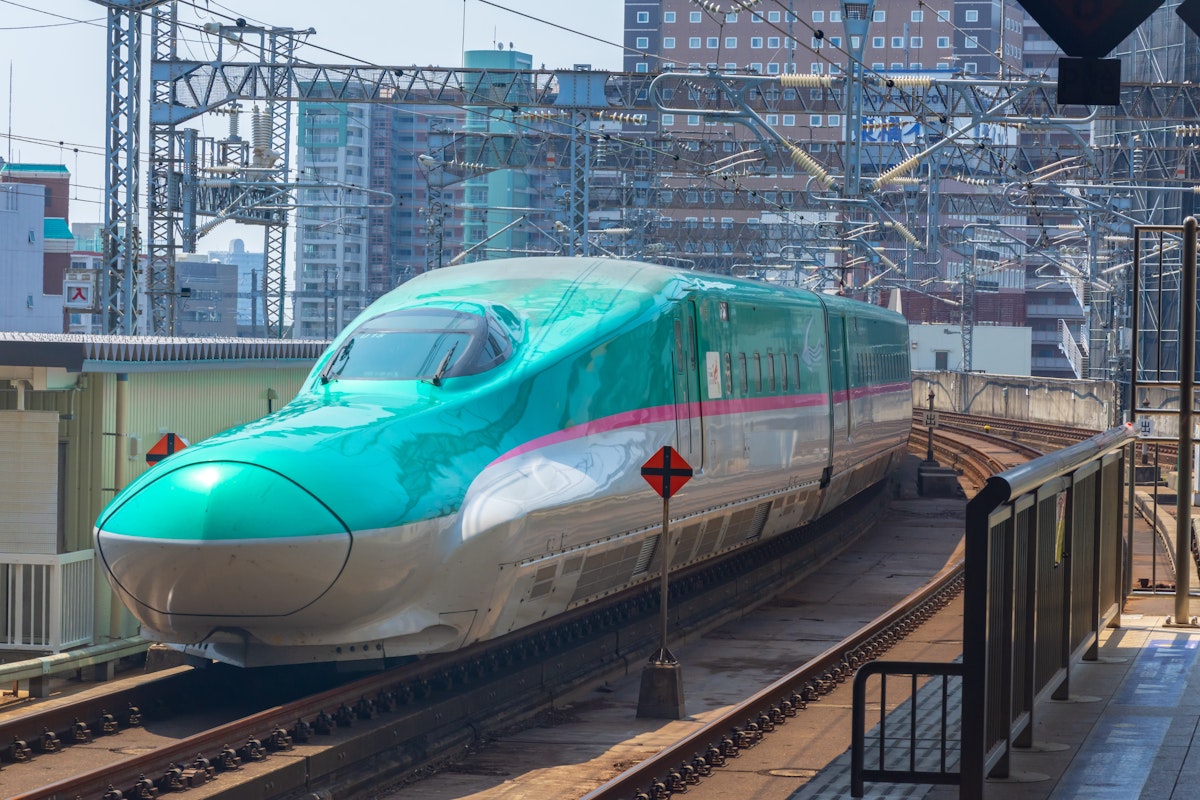
- Brief History of Hokkaido Shinkansen
- Hokkaido Shinkansen Travel Routes and Times
- How to Use Japan Rail Pass on Hokkaido Shinkansen
- Train Services on the Hokkaido Shinkansen
- Hokkaido Shinkansen from Tokyo to Sapporo
- What is Green Class on the Hokkaido Shinkansen
- Some Sceneries While Riding the Hokkaido Shinkansen
- About the Construction
- Embracing the Future: Journey of the Hokkaido Shinkansen
Welcome aboard the Hokkaido Shinkansen, where the exhilarating speed of modern engineering meets the breathtaking scenic beauty of northern Japan. This iconic bullet train offers a swift, seamless journey and weaves a rich tapestry encompassing cutting-edge technology, unparalleled comfort, and a deep historical context, securing its place as a favorite among casual travelers and dedicated rail enthusiasts.
As we embark on this exploration, we invite you to experience the elegance and efficiency that define one of Japan's most incredible engineering feats. From its storied origins to the sumptuous, sophisticated services provided on board today, the Hokkaido Shinkansen offers a journey as spectacular as the destinations it connects.
Brief History of Hokkaido Shinkansen
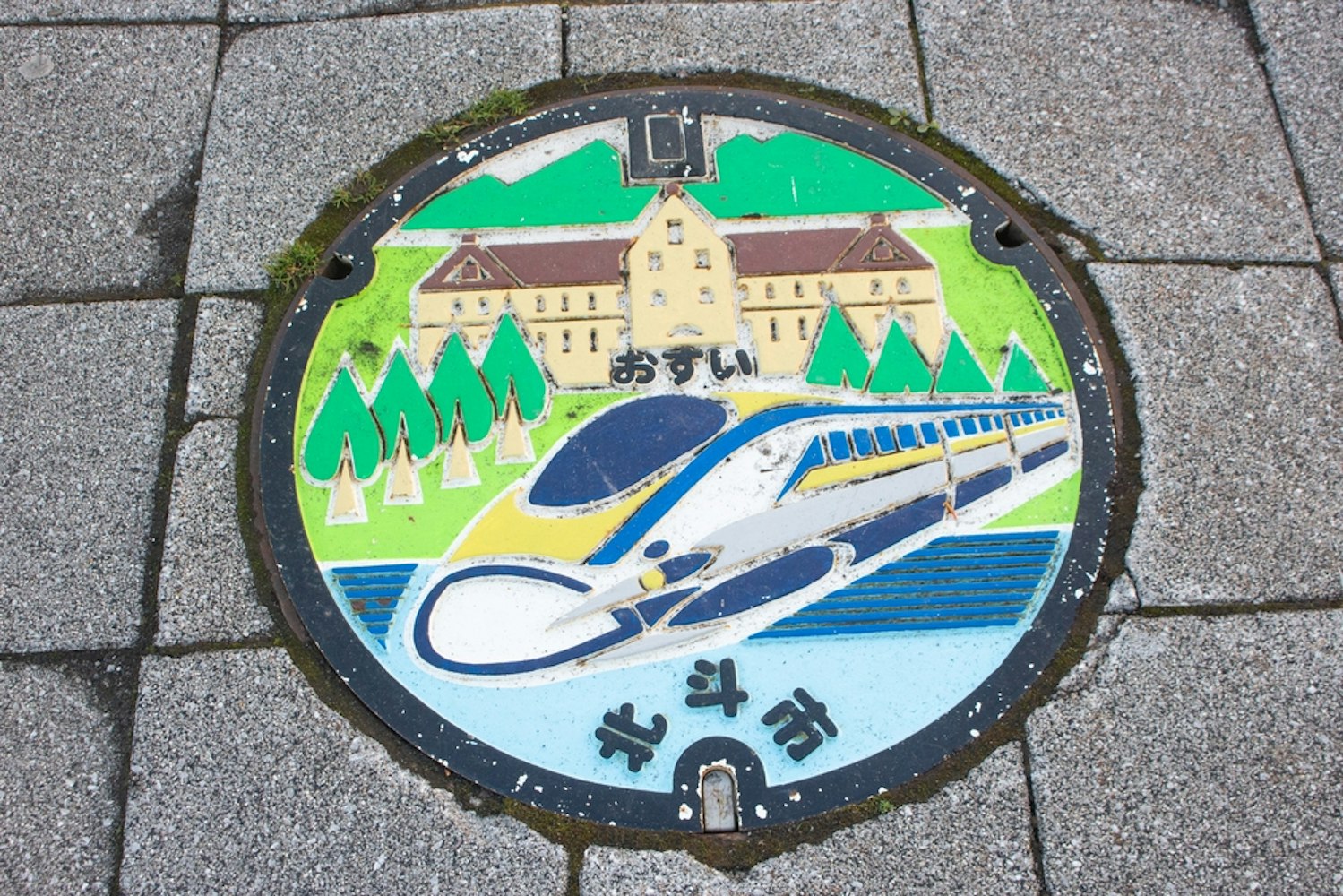
The Hokkaido Shinkansen is a relatively recent addition to Japan's extensive Shinkansen network. Officially inaugurated in March 2016, it extended the Tohoku Shinkansen from Shin-Aomori to Shin-Hakodate-Hokuto, piercing through the Seikan Tunnel — one of the longest underwater tunnels in the world.
This major engineering feat connected Japan's main island, Honshu, with the northern frontier of Hokkaido, enhancing economic ties and accessibility. The history of the Hokkaido Shinkansen is a testament to decades of meticulous planning and advanced railway technology.
Hokkaido Shinkansen Travel Routes and Times
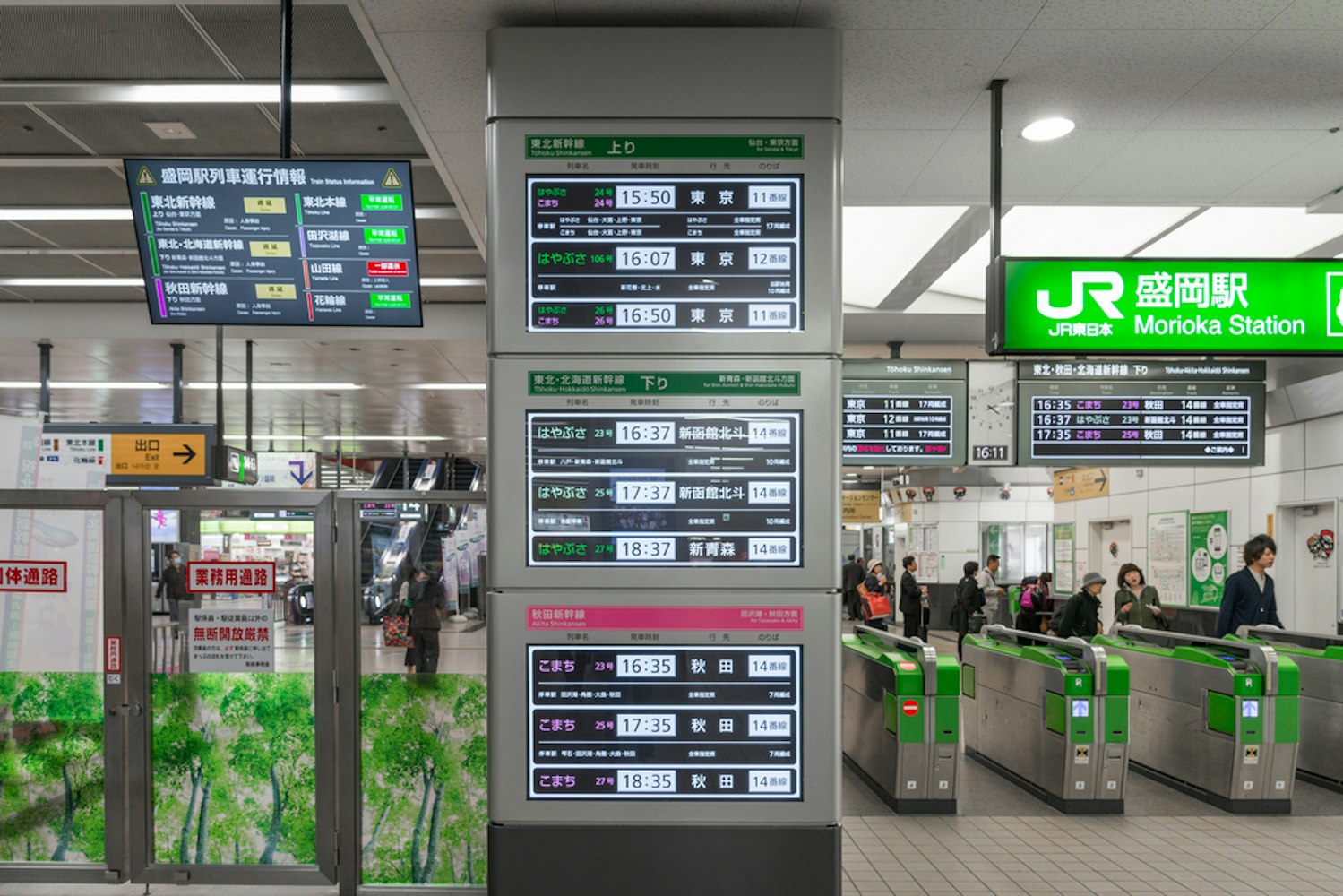
Tokyo to Shin-Hakodate-Hokuto
Shin Hakodate Hokuto Station:
Fare: Standard (22,690 yen), Green Car (30,060 yen), Gran Class (38,280 yen)
Time: 4 hours and 2 minutes
Shin-Hakodate-Hokuto to Sapporo
Via Super Hokuto Limited Express train:
Fare: 8,830 yen
Time: 3 hours and 24 minutes
Total from Tokyo to Sapporo
Fare: Standard (31,520 yen)
Time: 7 hours and 26 minutes
From Shin-Hakodate-Hokuto to Hakodate
A new train, the Hokkaido Shinkansen line "Hakodate Liner," will start operating from JR Shin-Hakodate-Hokuto to JR Hakodate on the Hakodate Main Line:
Train Fare: 360 yen
Train Time: 20 minutes
How to Use Japan Rail Pass on Hokkaido Shinkansen
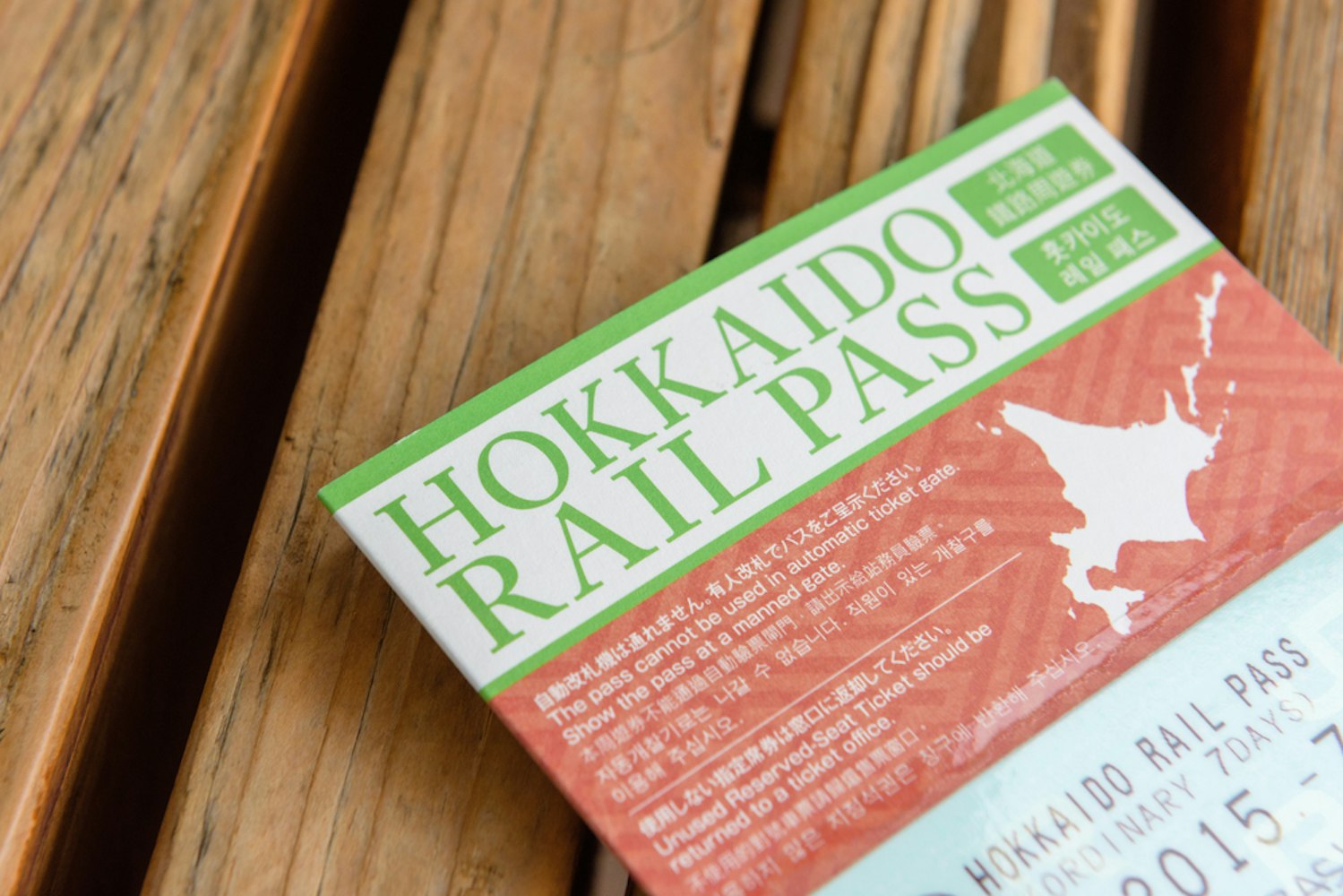
For travelers exploring Japan, the Japan Rail Pass offers a cost-effective way to experience the country's breadth. The pass is valid for the new Hokkaido Shinkansen route, allowing pass holders to journey from Tokyo to the northern reaches of Hokkaido quickly and flexibly.
It covers all the services operated by JR Hokkaido, including the swift Hayabusa and the regular Hayate services, making it an indispensable travel companion for both leisure and business travelers.
Train Services on the Hokkaido Shinkansen
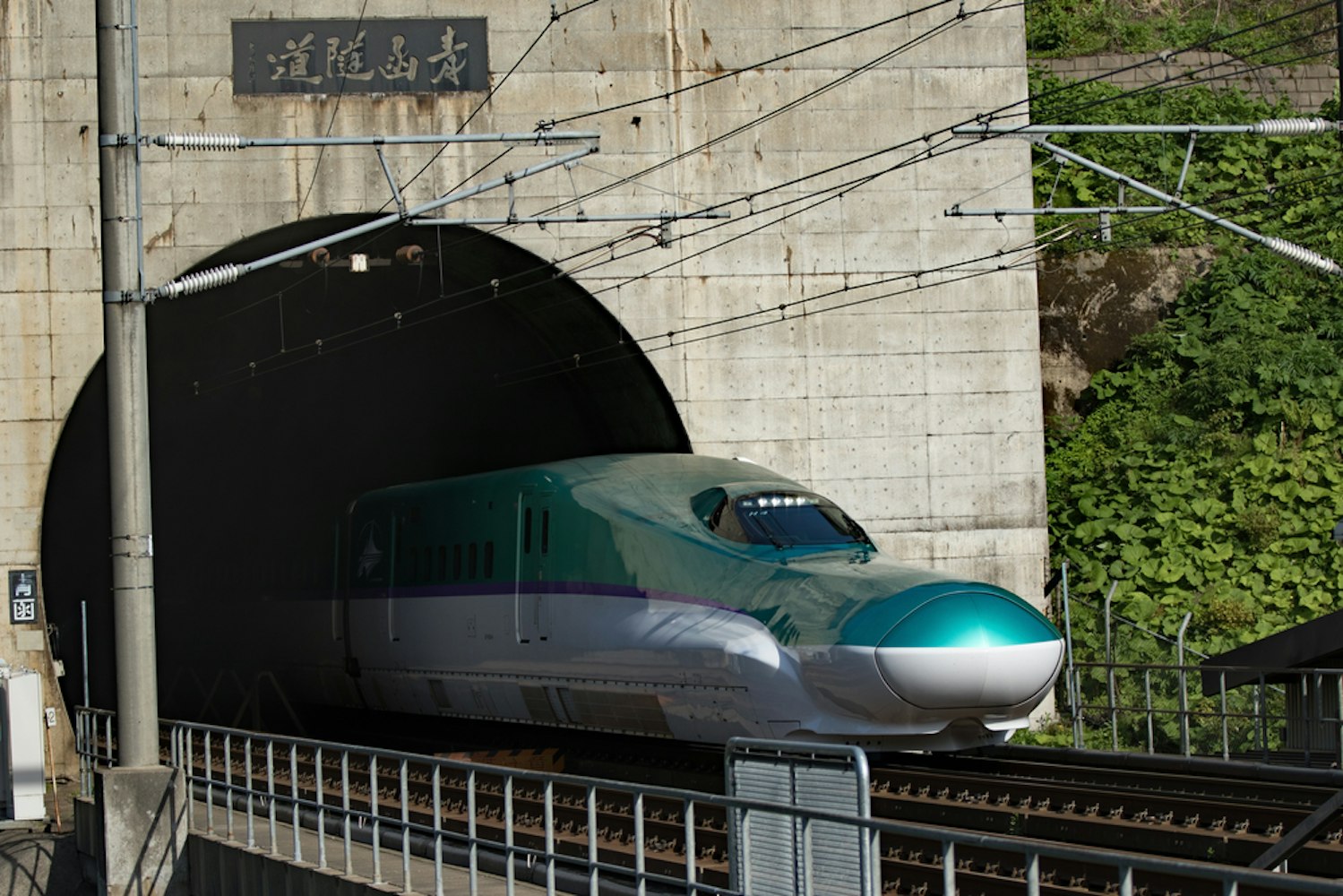
Hayabusa
The Hayabusa service on the Hokkaido Shinkansen, named after the "Peregrine falcon," is a high-speed train service operated by JR East and JR Hokkaido. It connects Tokyo with Shin-Hakodate-Hokuto, traversing the Seikan Tunnel, the longest underwater tunnel in the world, which links Honshu and Hokkaido.
The service started on March 5, 2011, as part of the Tohoku Shinkansen and was extended to Hokkaido on March 26, 2016. Hayabusa trains are noted for their distinctive purple line inspired by Hokkaido's lavender and lilacs, and they offer three service classes: Standard, Green, and the luxurious Gran Class. They ensure a comfortable journey at speeds up to 320 km/h.
Hayate
The Hayate service on the Hokkaido Shinkansen is a semi-fast train that complements the faster Hayabusa services, providing another high-quality option for travelers moving between Tokyo and the northern regions of Japan.
JR Hokkaido has operated the Hayate since March 26, 2016. It connects significant stations such as Morioka, Shin-Aomori, and Shin-Hakodate-Hokuto.
This service is known for its limited stops, making it a quicker option than regular trains but slightly slower than the Hayabusa. Each Hayate train typically includes Green Car seating, ensuring a comfortable ride with reserved seating and additional passenger amenities.
Hokkaido Shinkansen from Tokyo to Sapporo
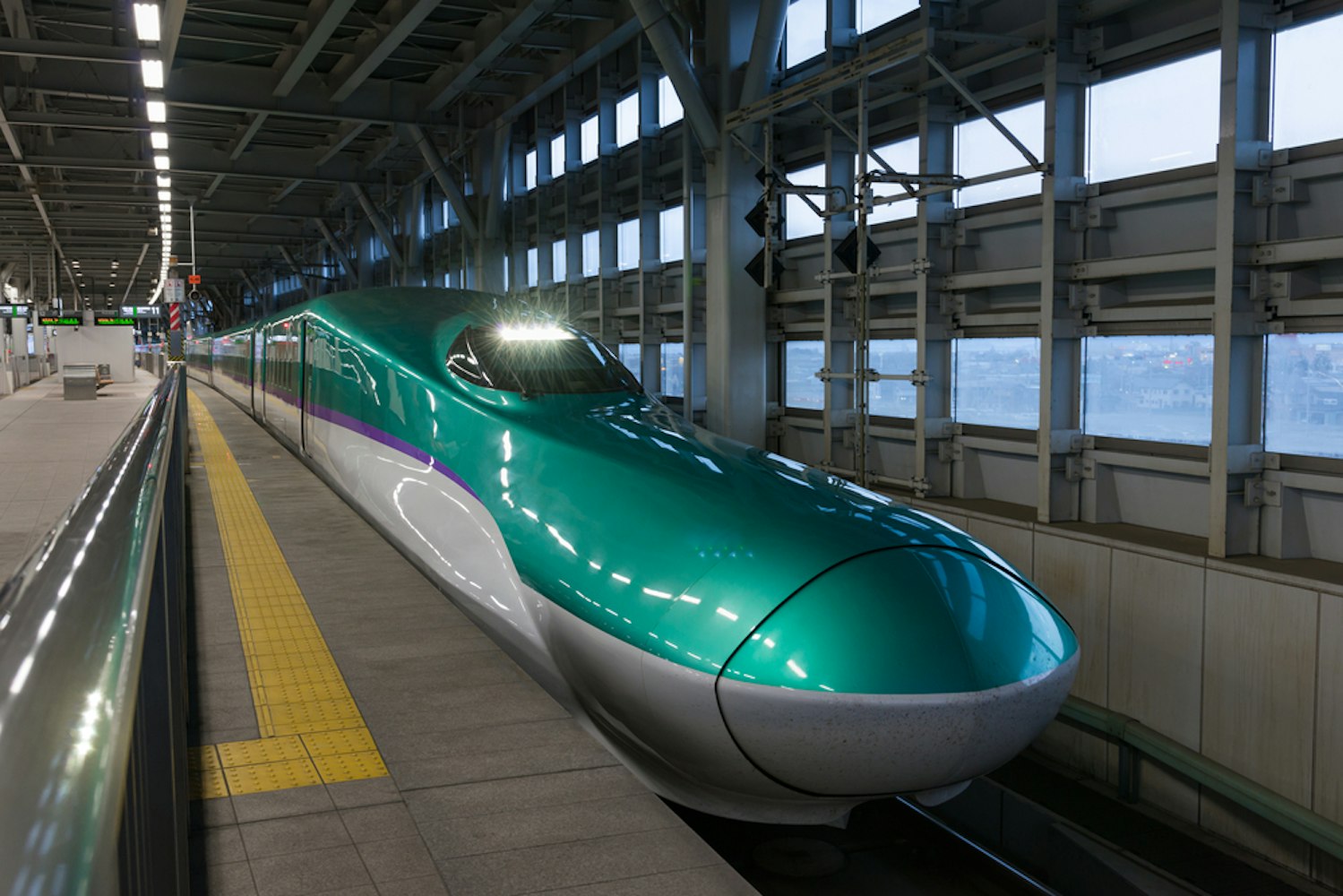
Although the direct connection to Sapporo is still under construction and projected to open by the 2030s, travelers can currently ride the Hokkaido Shinkansen from Tokyo Station to Shin-Hakodate-Hokuto. From there, a transfer to the Hakodate Liner must continue to Hakodate Station, with subsequent connections to Sapporo.
This journey showcases the seamless integration of different train services under the Hokkaido Shinkansen's banner, offering a mix of high-speed travel and regional charm.
What is Green Class on the Hokkaido Shinkansen
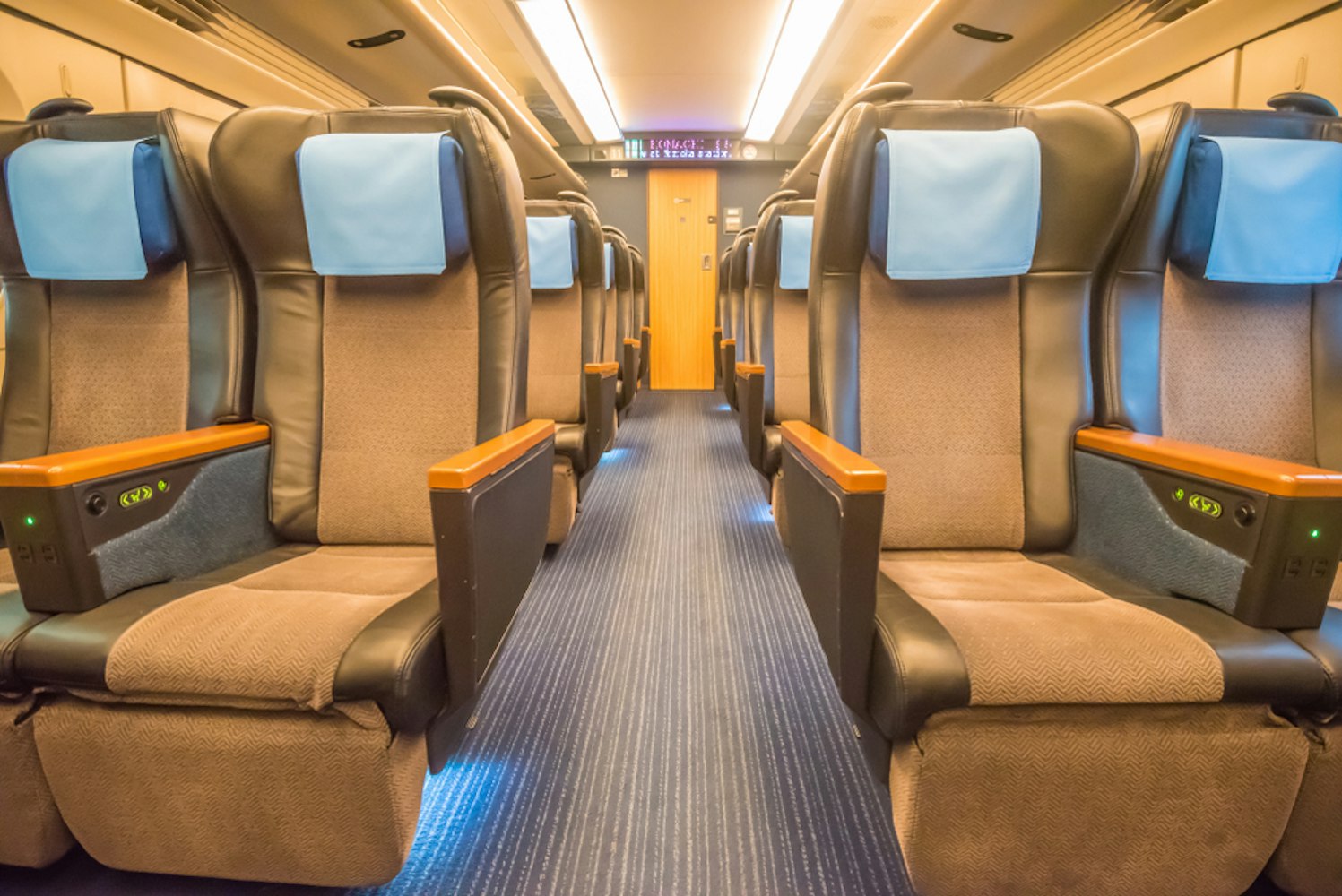
Green Class on the Hokkaido Shinkansen represents the premium standard in Japanese rail travel. Positioned between the exclusive Gran Class and the more common Standard Class, Green Class offers more spacious seating, enhanced privacy, and additional amenities designed to elevate the passenger experience.
This class is ideal for those who prefer traveling with added comfort and tranquility, making their journey as memorable as their destination.
Some Sceneries While Riding the Hokkaido Shinkansen
1. Tsugaru Strait - As the Shinkansen travels through the Seikan Tunnel, the longest undersea tunnel in the world, passengers can enjoy the approach and departure views of this famous strait between the islands of Honshu and Hokkaido.
2. Rural Landscapes of Aomori - Before entering the tunnel, the train passes through the picturesque rural areas of Aomori Prefecture on Honshu Island, characterized by lush green fields and traditional farming villages.
3. Coastal Views of Hakodate - Upon emerging in Hokkaido, the line skirts the southern coast near Hakodate, offering views of the coastal landscapes, with the possibility of seeing the ocean in the distance.
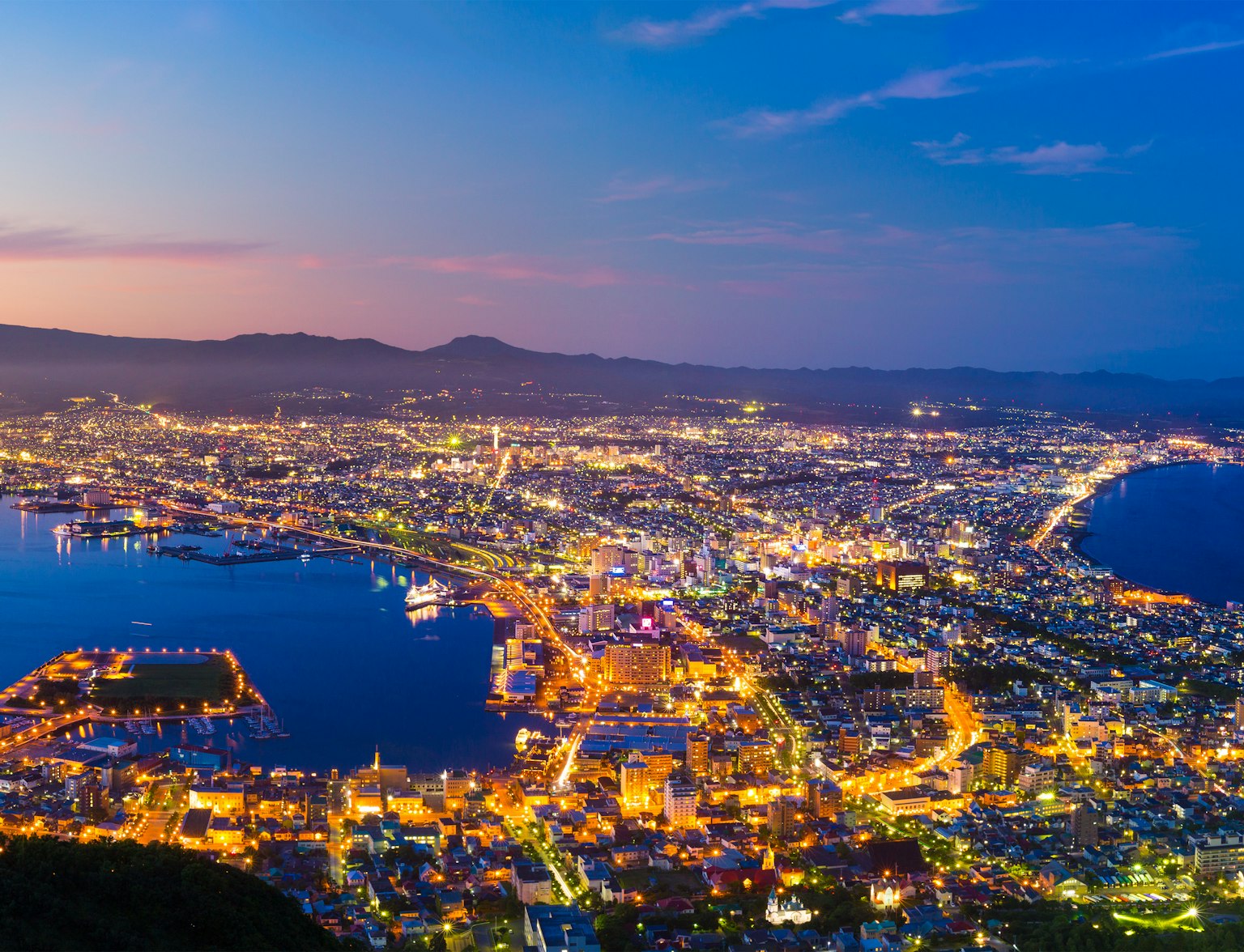
Experience the breathtaking beauty of the Mount Hakodate night view.
4. Mount Hakodate - As the train approaches Hakodate, passengers can catch glimpses of Mount Hakodate, known for its spectacular night views and natural surroundings.
5. Onuma Park - Near Hakodate, this park is famous for its beautiful, serene lake and the picturesque Komagatake volcano, providing a tranquil escape visible from the comfort of your seat.
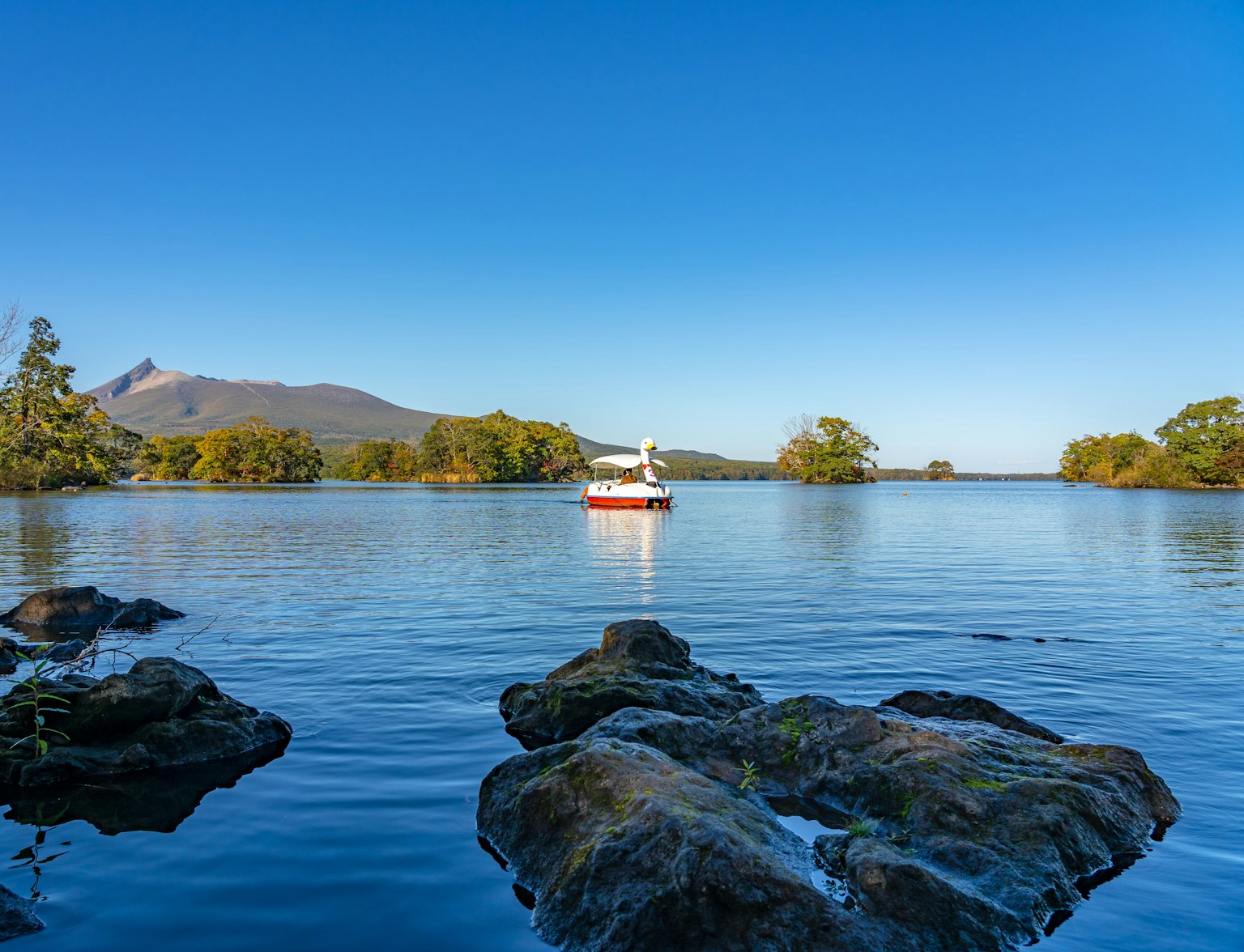
Visit Onuma Park with this tour.
6. Seasonal Beauty - Depending on the time of year, passengers can witness the seasonal transformations of the landscape, from snowy winter scenes to the lush greenery of summer and vibrant autumn foliage.
About the Construction
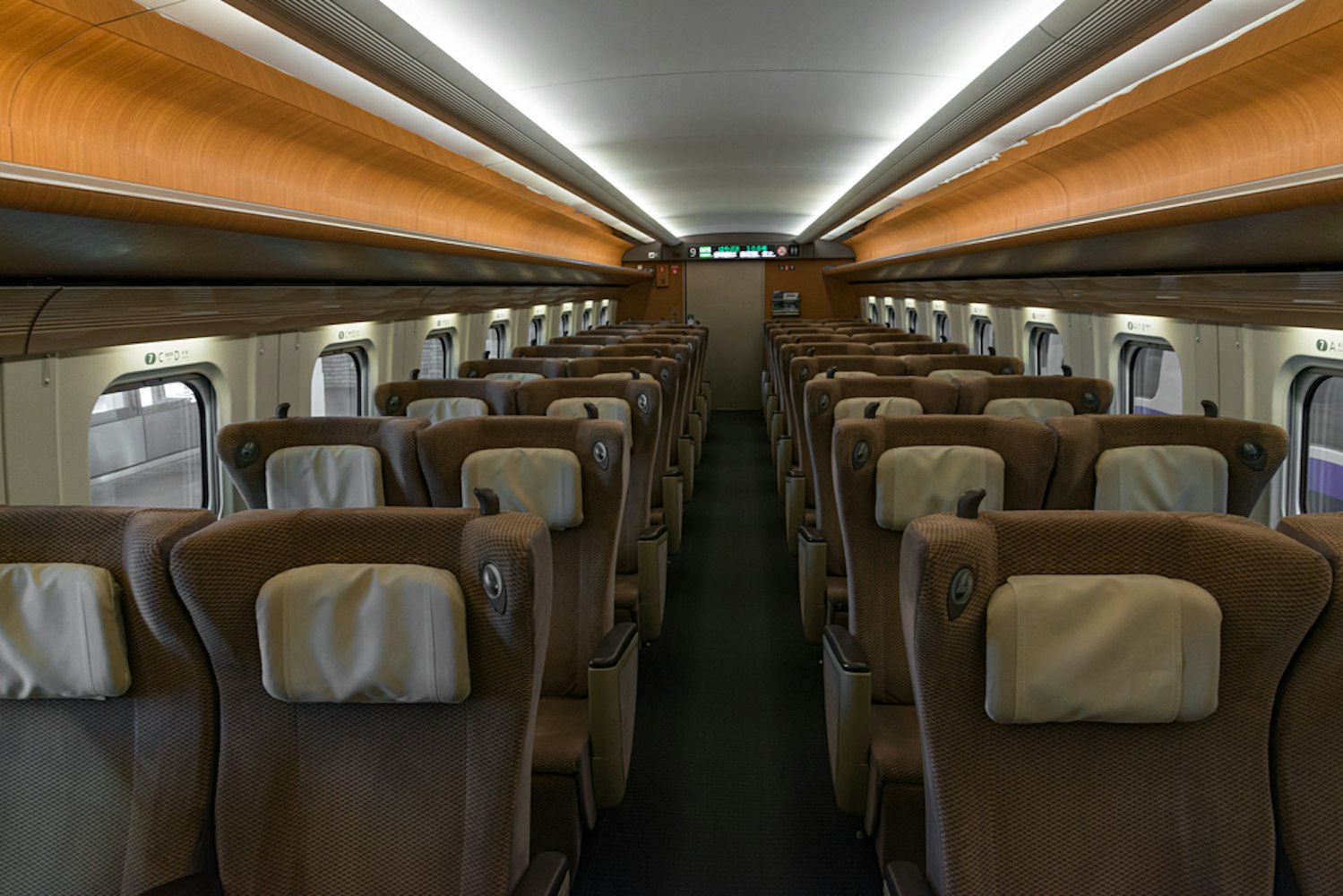
As the journey from Tokyo to Shin-Hakodate-Hokuto progresses, the role of the Hokkaido Railway Company becomes increasingly prominent, especially in the seamless operation and maintenance of services like the Hokkaido Shinkansen.
Due to extensive Japanese railway construction efforts, this segment of the Shinkansen highlights the advanced engineering and coordination required to bridge such vast distances with precision.
Kikonai Station is a pivotal stop along this route, demonstrating the strategic planning involved in connecting major urban centers like Tokyo with more remote regions.
This integration enhances the accessibility and appeal of northern Japan, showcasing the impact of dedicated railway advancements on regional connectivity and development.
Embracing the Future: Journey of the Hokkaido Shinkansen
The Hokkaido Shinkansen is more than just a high-speed train line; it's a bridge between cultures and a gateway to northern Japan's vast, unexplored vistas.
With its state-of-the-art technology and commitment to passenger comfort, the Shinkansen is a proud symbol of Japan's rail innovation.
Whether traveling with a Japan Rail Pass or exploring the different classes of service, the Hokkaido Shinkansen offers a unique journey through Japan's scenic landscapes and technological achievements.
As we look forward to the line's extension to Sapporo, the adventure only promises to get better, ensuring that the Hokkaido Shinkansen will continue to be a vital part of Japan's travel landscape for years to come.
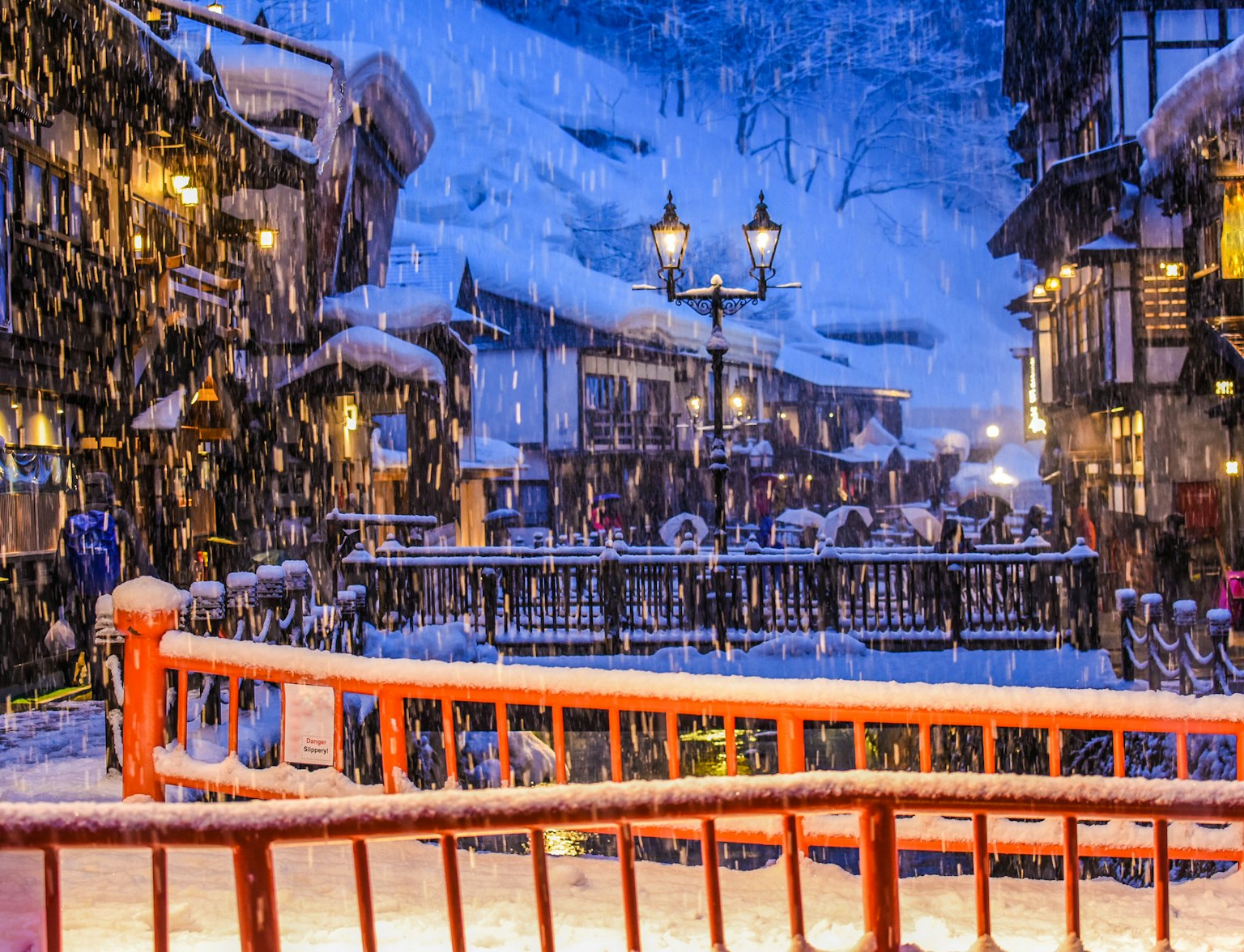
Explore the wonders of Tohoku with the JR EAST PASS.



